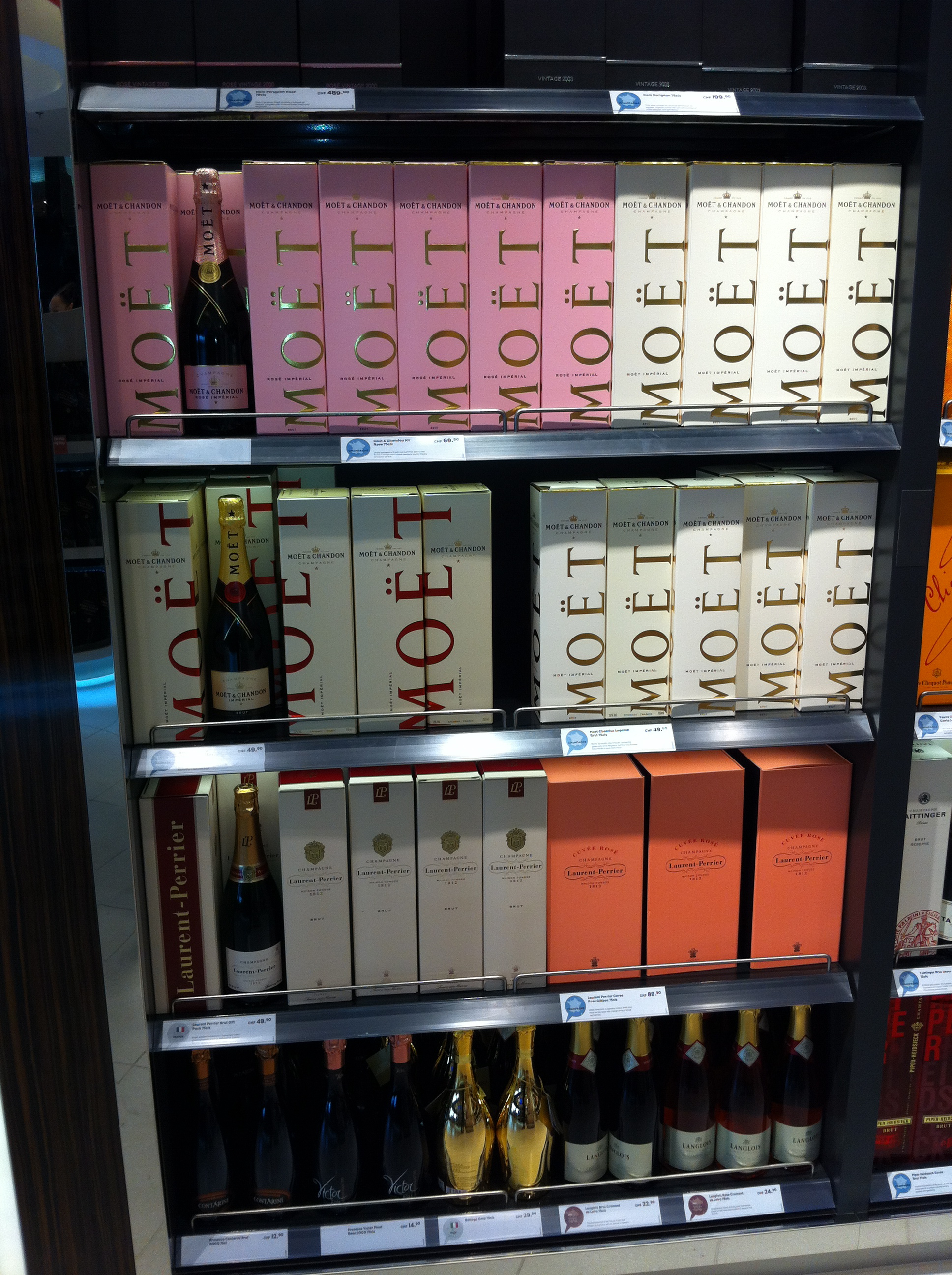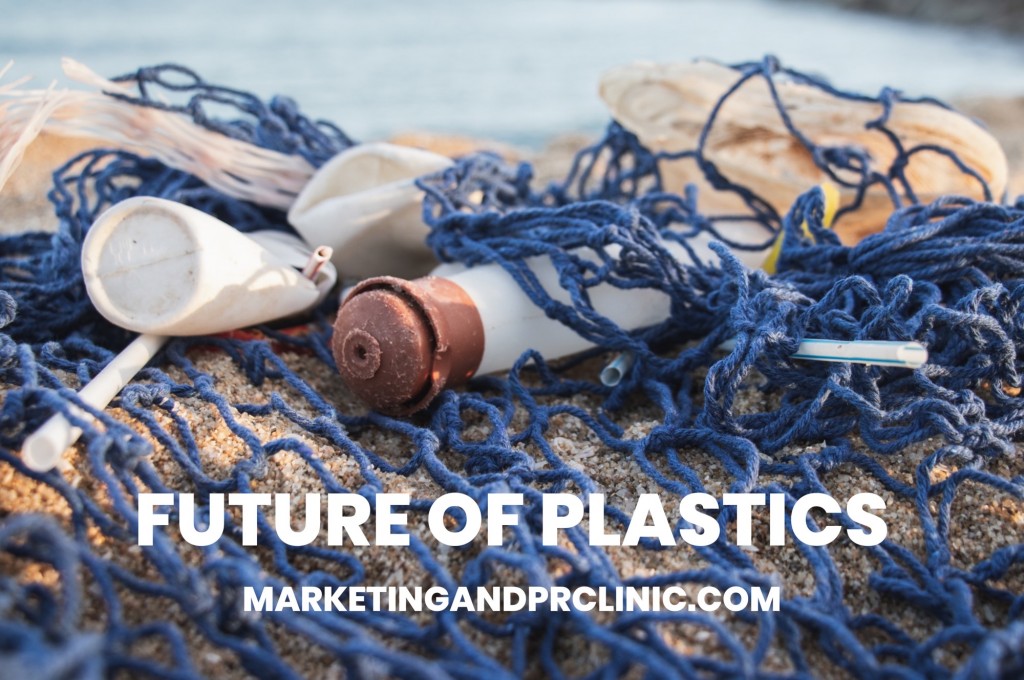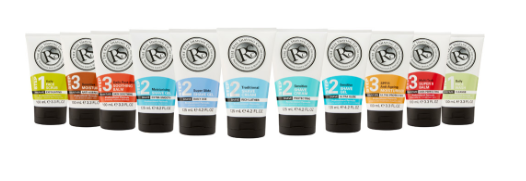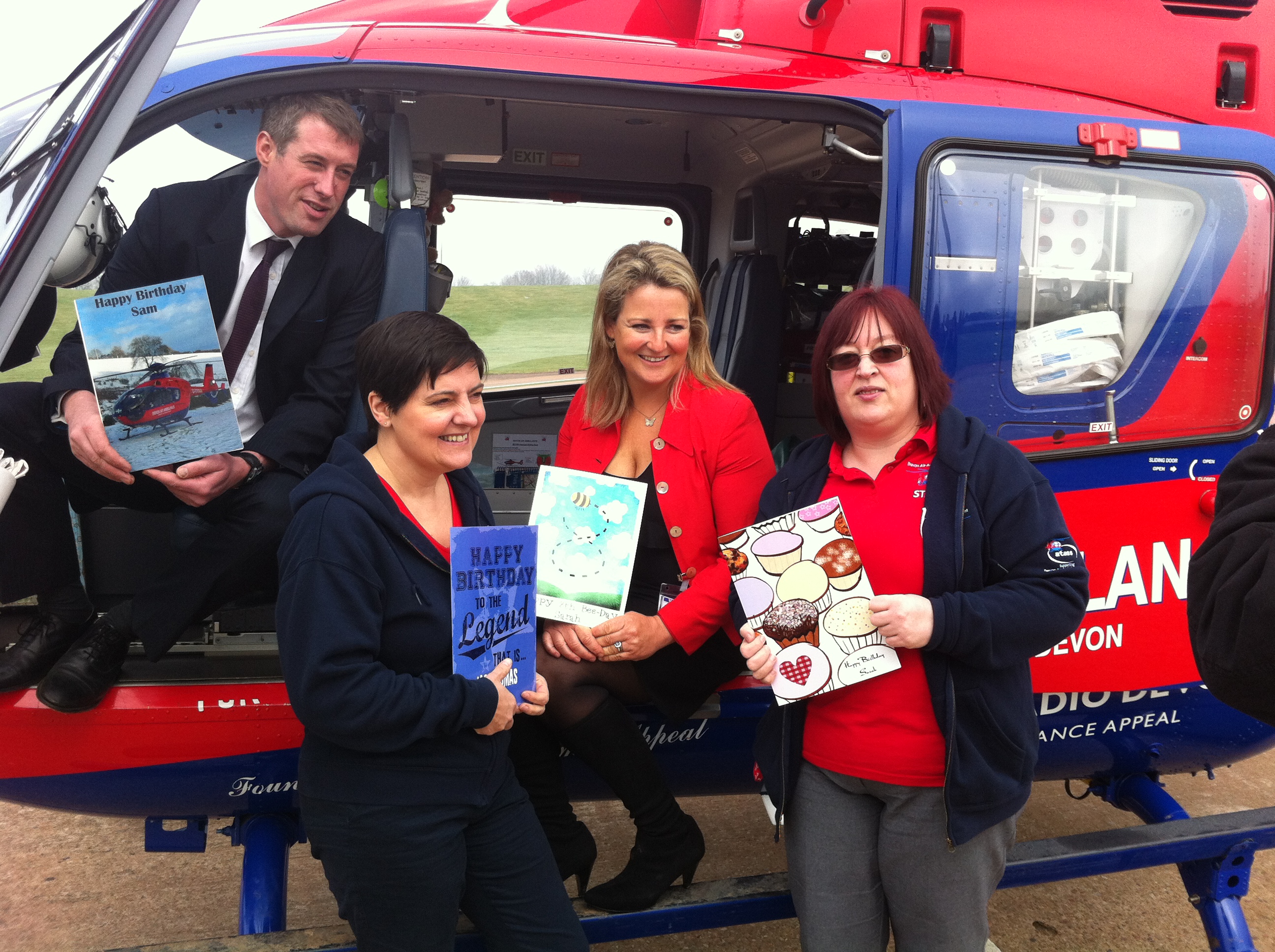Brand budgets are shifting. In the age of our economic uncertainty, big brands are diverting old school advertising spend to instore spend, either as a price promotion, on instore collaterial, or cleverly over investing in product packaging development.
Aisles are filled now with so much point of sale merchandising that brands are having to scream louder than ever at the shopper at the critical decision making time – and will it be your brand’s product that makes it into the shopping trolley?
The “last three feet” of the purchase decision process has just got more competitive. The retail store has become the most critical new advertising medium.
So is your brand getting noticed in store?
Speaking from experience (after launching product after product for Gillette, Revlon, Alberto Culver, amongst others) here’s the problem. Many new products simply lose their way when they reach the dizzy heights of being brought by the buyer of a national store. In some categories new products simply are invisible, because shoppers are so intrenched in their buying behaviour, they simple do not consider new market entrants as the purchase decision for these items is made long before entering the store. Have a think about it – when you shop for ketchup, do you buy the same brand, or same own label brand time after time? If a new brand of ketchup hit the shelf, would you notice?
All new products are tested with consumers, in a huge manner of ways, before they are launched into the marketplace. BUT, so many new products are tested prior to launch without the competitor context, or against other new market entrants, launching at the same range review. Brand Managers, how often have you tested new products, and the results were outstanding in test marketing (mainly isolating conditions), but then the product disasterously failed to break through the noise and clutter when placed in the real-world, on a real shelf, in a real store, with real shoppers!
Most products, when you are working on them, look amazing. Well at least they do to you. All the packaging will be on equity, the branding will pop out, the colours will be those from the brand guidelines, the layout will match that of the brand packaging hierarch. You are delighted. Then, you do a store check and see your new product in the supermarket or store for the first time. And that’s the real test. Are you still delighted? Are shoppers noticing your product? Does the EPOS match your BASES prediction? Is your product stealing share from your competitors or is it another product that will make its gloomy journey out of the line up via the bottom shelf?
Capturing attention, and luring new shoppers to your brand is simply not easy. You could read 100 text books, prepare the most fantastic marketing strategy plans, have the smartest teaser campaigns, huge media budget, great trade buy-in and huge pipefill orders. But in the current market place, no matter how powerful your brand, how compelling your product promise is, the most important part of your marketing is to ensure you create packaging that has strong visual shelf impact, both in the use of design and colour, but also in the structural aspect.
Whilst at Procter and Gamble, I had to run all my new products through Eye Tracking, to see what shoppers actually see, and what they miss when shopping. And shoppers miss at least 1/3 of all of the products on the shelf. The most noticeable products are those on the shelf at eye level. If your product has slipped down on a shelf below waist height it will be harder for shoppers to even consider it. Have a look when you are next in store, very few shoppers bother to crouch down and have a jolly good look at the small boxes of skincare creams on the bottom shelf. Nor will they get on tip toes and check out the razor blades on the top shelf. Top or bottom shelves are simply less visible to shoppers, which contributes to their declining in sales potential. Placement on these shelves is one step nearer to being delisted.
When you are next in store do this little exercise. Go and shop in an area you know well, let’s say the hair care section. Stand still and see what happens. If you are a typical shopper you will visually scan the shelf at between shoulder and eye level. And then naturally you will gravitate toward the right. If nothing appealing is located there, then you will look to the left of centre. Therefore, always negotiate placement of your products on a planogram to the adjacent right to the brand leader. This will certainly help your chances of success.
What’s your product’s story?
A busy Mum (for arguments sake!) has less than 10 seconds to be persuaded at the shelf to pick up a product and place it in her shopping basket. All brand managers live and breath a new product’s features, benefits, equity pyramids and so on. But does the shopper, in such a passing hurry, understand a product’s unique point of difference? Does the product grab the shoppers attention at shelf? And does the shopper get the product’s DNA? Both of these need to occur, otherwise the alternative will be an automatic default to the usual product purchase.
The best example I can share with you for powerful shelf blocking, that pops out from the shelf, screams “prestiege”, and makes you want to immediately buy, is from Moet.

It is easy actually for products to win with a bunch of 8 women in an unmarked room for a focus group, or look appealing when presenting to a trade buyer, but the real test is on the shelf. Be really concerned if your brand team is focusing more attention on your TV commercial – which won’t be viewed – than on your “shelf commercial.” What is your product saying to shoppers, from the shelf, in store, at that “moment of truth?”
Lucy Goaman
MarketingAndPrClinic












